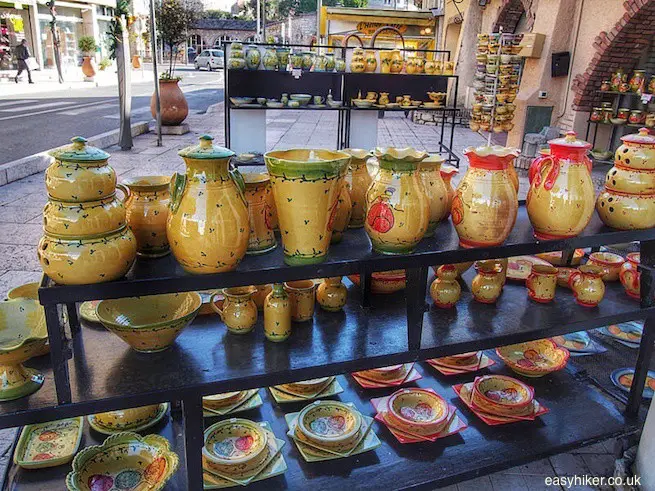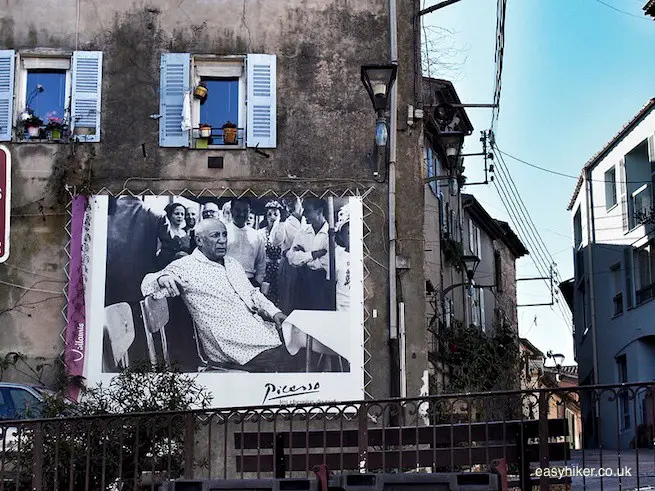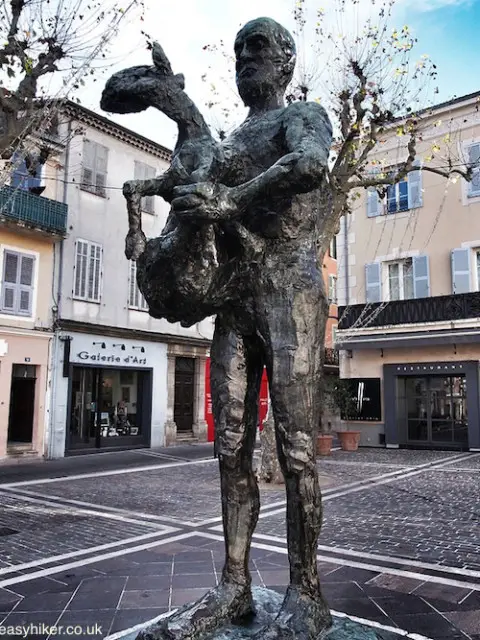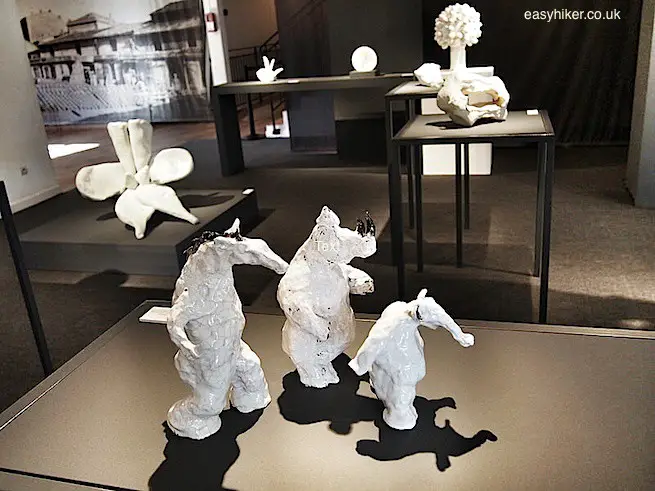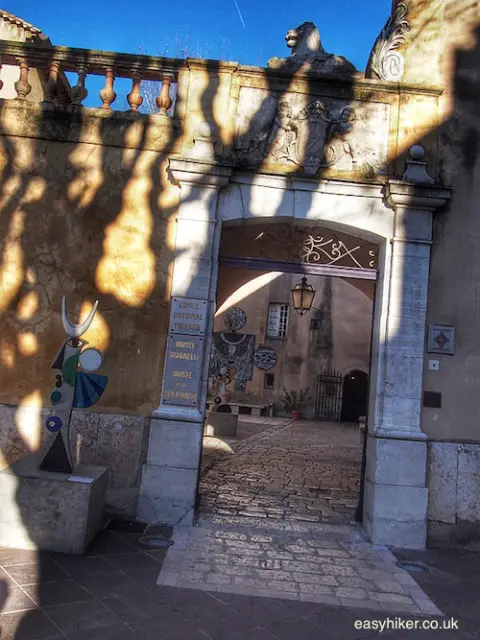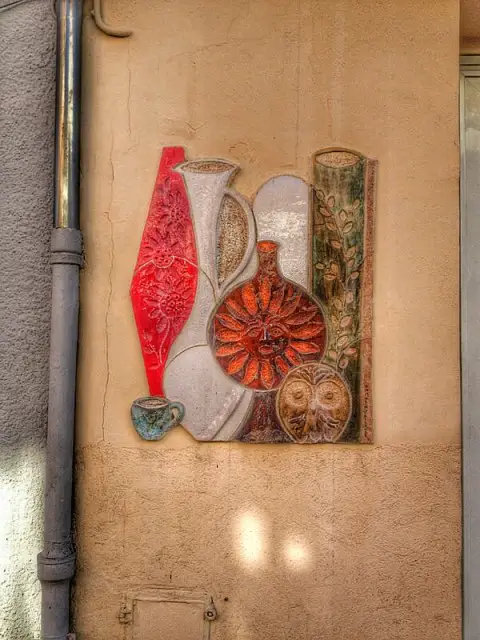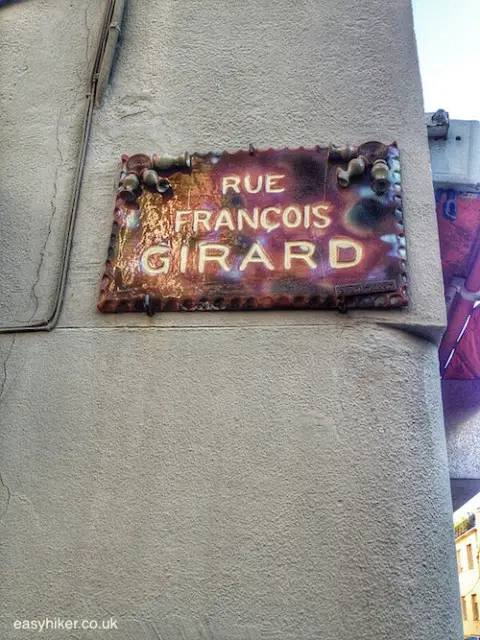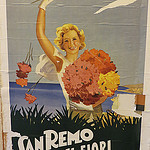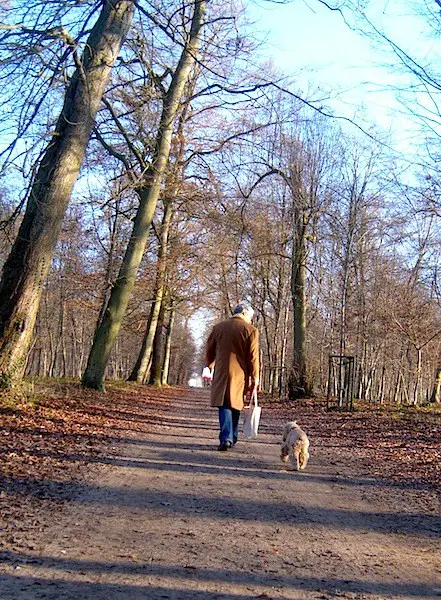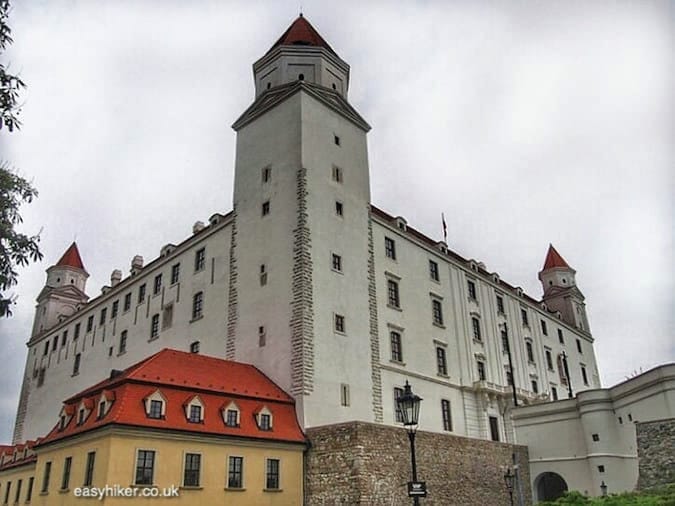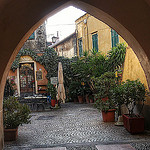A town with feet of clay and a reputation that owes everything to the world’s greatest artist of the 20th century
Vallauris proudly calls itself “the world’s capital of ceramics”. But that is only half the story.
The more complete version goes something like this: for centuries, Vallauris had been the place where the inhabitants of the French Riviera came to buy their ceramic plates and pottery, and when the demand for hand-made, carefully crafted products dropped in the age of industrial manufacturing, the small town – located to the west of Antibes, about 3 km away from the coast – specialized on the artisanal end of the trade, becoming a regional centre for creative potters and earthenware producers.
This was not such a bad thing, particularly not when the alternative would have been to have no local trade or business at all, but in the light of what was happening at the same time in near-by coastal villages such as Cannes and Juan-les-Pins – where tourism was creating an enormous boom – the Vallauriens could have been forgiven for thinking that artisanal pottery represented very much the short straw.
And then, just after WWII, Picasso arrived.
At first, he merely visited Vallauris to experiment with ceramics in one of the town’s many pottery workshops, but ultimately, he came to like the art form and the experience of working with clay so much that he decided to live here, staying from 1948 until 1955 – at a time when Picasso was not simply the world’s most famous artist but also a “star”, a global celebrity. In his wake, many other artists, art lovers and famous people were attracted by Vallauris and her workshops. It is therefore not too far-fetched to claim that Picasso single-handedly revived the town’s dying industry and her economic fortunes.
Vallauris ceramics and Picasso
No wonder then that Vallauris is so infatuated by him….
… but the love appears to have been very much mutual and reciprocated. Picasso donated one of his very few public statues to Vallauris …
…the Man With A Sheep, already created in 1943 and erected on the market square in front of the church in 1950 (on the express wish of the artist who wanted “children to climb on it” rather than it to be ensconced in a museum as the city fathers had originally envisaged) – and created his monumental War and Peace painting for the Chapel across the high street, now the town museum.
Even after he had left Vallauris for the Villa California in Cannes, he often returned: not only to work on more pottery, but also to get married in Vallauris’s Town Hall – in 1961, as a sprightly octogenarian, to the 34-year-old Jacqueline Roque.
For a short walk around Vallauris, we recommend the following route. Arriving on foot from Golfe Juan at the roundabout on the southern edge of town (see last week’s post) – which has been decorated with a Picasso-inspired, modern sculpture – …
… continue down Avenue George Clemenceau before turning left into the Avenue du Stade, past the Espace Grandjean where local art students exhibit their own, highly accomplished efforts in the medium.
Turn right at the next corner into Rue Ramié. The workshop at the end of this short street, called the Madoura, is the one that was preferred by Picasso. It is here where he created some of his most famous works of art.
Now turn left into Avenue Clemenceau again and continue straight to the Old Town.
Underneath the town church, you will spot the Man With A Sheep statue and the war and Peace Museum right opposite, on the other side of the main street. (The museum is a rather big complex, featuring the chapel and a 17th century stately home where they also exhibit some of Picasso’s pottery.)
Next door, you can also see the old Town Hall where Picasso and Jacqueline Roque tied the knot in 1961. More than ten years earlier, in the late 1940s, the very same Town Hall had already made global headlines when the Aga Khan and Rita Hayworth, shortly after Picasso had moved in, also came here to get married.
Take a little time to explore the Old Town which is located behind the town church. There are quite a few places with Picasso-inspired town sculptures and the like …
… and also note that many street signs in the Old Town are made from ceramics: a nice little gesture to the trade that has carried the name of Vallauris all over the world.


